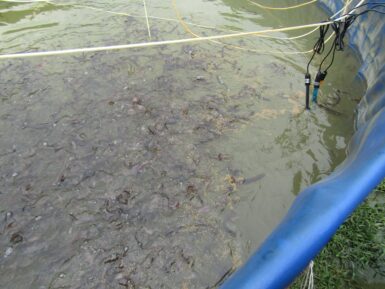
Overview
It can detect combustible Carbon Monoxide, Coal Gas and Liquefied Gas. The sensitivity can be adjusted by the potentiometer.
Hardware Overview
This is an Analog output sensor. It needs to be connected to any one Analog socket in Grove Base Shield. It is possible to connect the Grove module to Arduino directly by using jumper wires. When doing so, please refer to the connection table below:
|
Arduino |
Gas Sensor |
|
5V |
VCC |
|
GND |
GND |
|
NC |
NC |
|
Analog A0 |
SIG |
The output voltage from the Gas sensor increases when the concentration of gas. Sensitivity can be adjusted by rotating the potentiometer.
Please note that the best preheat time for the sensor is 24 hours and above.
Note: Hot-swapping the grove may lead to IC burnout, please turn off the power of main board before swapping grove.
Tech specs
Specification
|
Item |
Parameter |
Min |
Typical |
Max |
Unit |
|
VCC |
Working Voltage |
4.9 |
5 |
5.1 |
V |
|
PH |
Heating consumption |
0.5 |
- |
340 |
mW |
|
RL |
Load resistance |
adjustable |
|||
|
RH |
Heater resistance |
- |
33Ω±5% |
- |
Ω |
|
Rs |
Sensing Resistance |
2 |
- |
20000 |
Ω |
|
CO/CH4/LPG Scope |
Detecting Concentration |
200 |
- |
1000/10000/10000 |
ppm |
Technical Details
|
Dimensions |
130mm x 90mm x 23mm |
|
Weight |
G.W 15g |
Get Inspired
How to realize a servo and water sensor function using simple raw materials.

With the Earth’s population still on track to increase by another two billion people by the year 2050, finding ways to feed them without causing grave harm to the environment is a top priority. Currently, fish is one of the most widely consumed foods in the world, and a new technology called biofloc helps provide both a food source and environmental stabilizer to fishponds without the need for dangerous chemicals/processes. As part of element14’s Just Encase Design Challenge, Md. Khairul Taifur had the idea to create a device that could sit within a pond and report detailed telemetry for environmental markers, as well as correct minor water quality issues via the use of a heater and water pump. His system is based around a MKR WAN 1300, which is responsible for collecting data from each sensor and then sending it to the cloud with its onboard LoRaWAN module. To make the system independent from an external power source, Taifur included a small 5V solar panel, power management board, and rechargeable battery pack. Once his firmware had been finalized, everything was carefully placed inside of a waterproof electrical box and sealed to only expose the sensors. This biofloc monitoring system has great potential as a proof-of-concept of how future fish farms might operate in a more sustainable manner. You can read more about the project here on element14.





